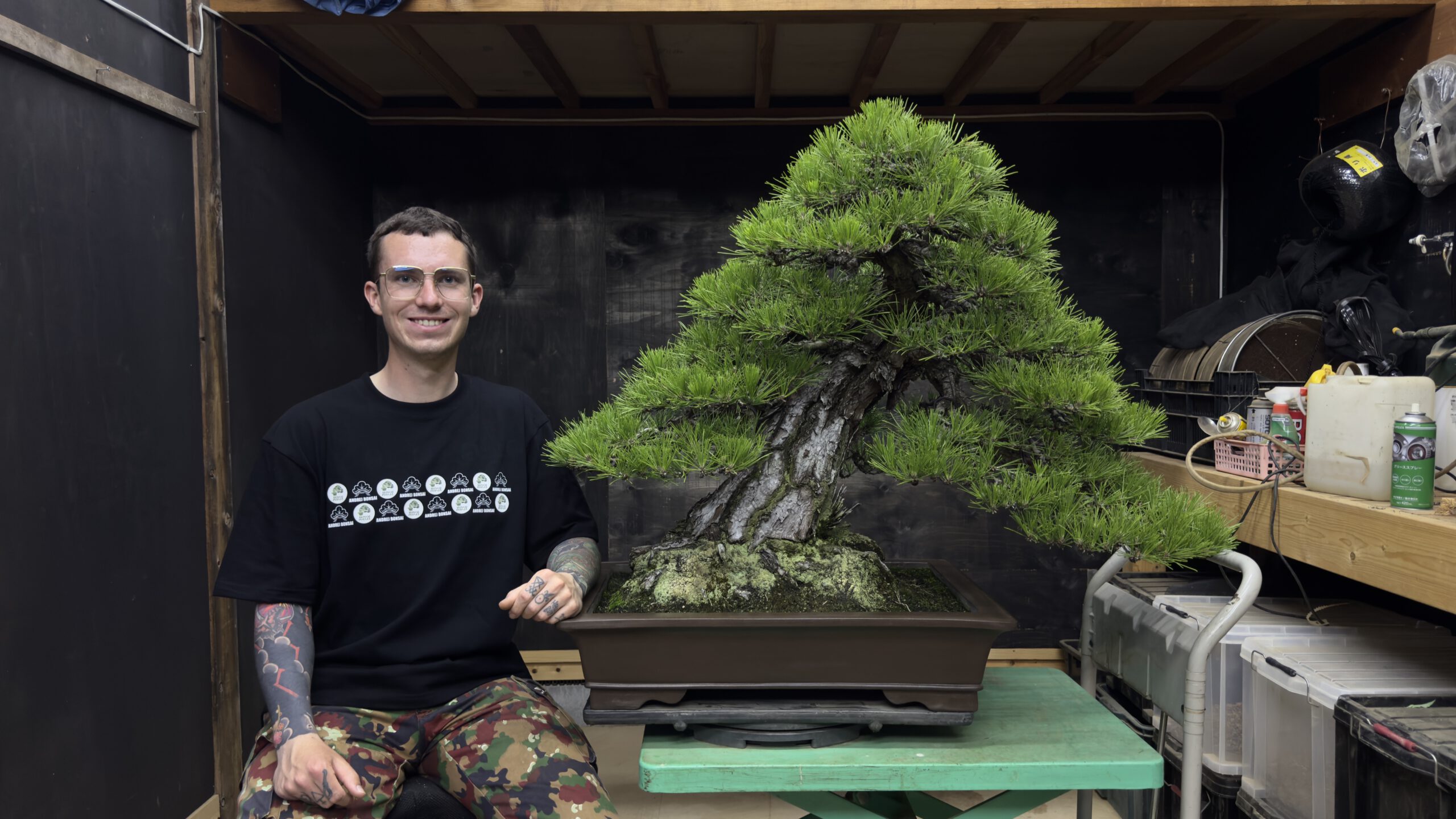Description
A rare and beautifully aged large oval bonsai pot by Zhou Yongling, crafted during the Nakawatari period (1800–1911 CE). This unglazed pot showcases elegant proportions and natural clay coloration, embodying the quiet strength of antique Chinese bonsai pottery. The surface bears a soft patina developed over time, and the gentle curves of the oval form make it especially fitting for Chuhin coniferous bonsai, such as black pine or needle juniper.
Notably, this piece has a visible firing crack on the rim — a flaw formed during the kiln process over a century ago. It does not affect the structural integrity of the pot and remains stable. A detail photo is included for reference. In the context of Nakawatari pottery, such kiln-born imperfections are common and often accepted as part of the pot’s history and individuality.
Features:
-
Artisan: Zhou Yongling
-
Design: Oval unglazed bonsai pot
-
Size: Ideal for Chuhin
-
Origin: Antique Nakawatari-era China (1800–1911 CE)
-
Finish: Natural clay with beautiful age patina
-
Form: Oval, rounded sides, soft taper
Measurements:
-
Outer (l x w x h): 38,0 x 26,0 x 7,5cm
-
Inner (l x w x h): 34,5 x 22,0 x 5,5cm
Condition:
Very good condition for a Nakawatari-era pot. Includes a stable firing crack on the rim from original production. No other damage or repairs. Surface patina and firing nuance enhance its antique character. Detail photo included.
About Nakawatari Bonsai Pots (1800–1911 CE):
Nakawatari refers to bonsai pots made in China between 1800 and 1911. Though the term literally means “middle crossing,” it describes an era of ceramics that were later imported into Japan — particularly during the 1970s and 1980s — and prized for their aged clay, subdued form, and classical presence.
These antique containers are used for both deciduous and coniferous bonsai, with understated shapes and finishes that bring a refined balance to older trees. Rounded bases and narrow depths are common, as are earthy clay tones like shudei (red), aokochi (greenish-gray), and namako (speckled brown). Today, high-quality Nakawatari pots in good condition are increasingly rare, making them especially valued among collectors and exhibitors.



















